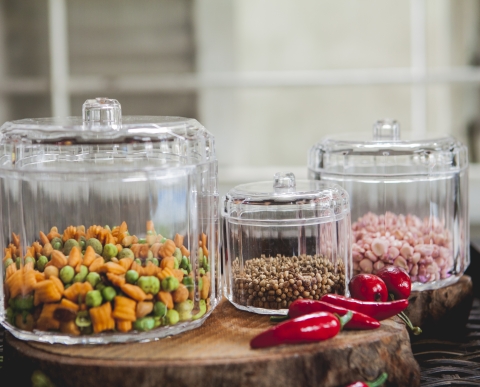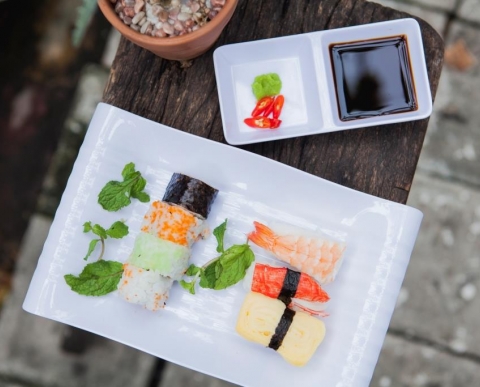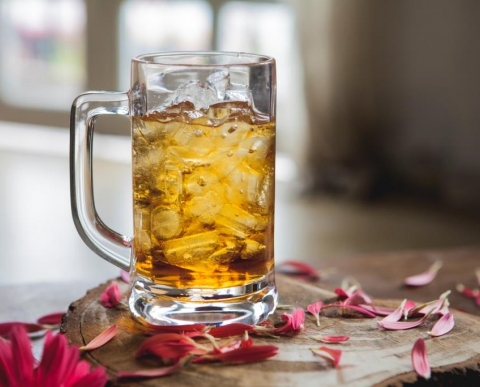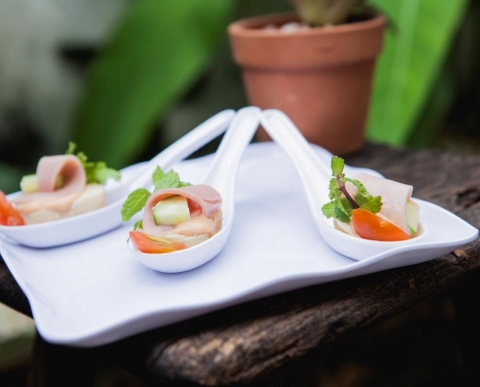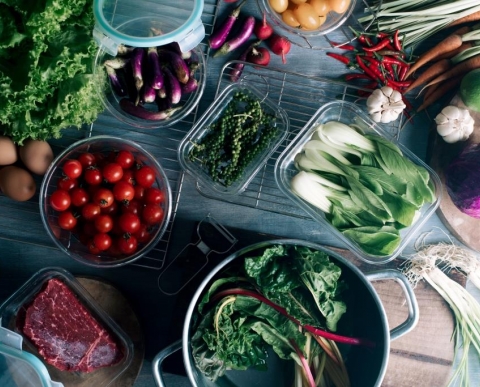What is Melamine-ware?
Tableware made of melamine-formaldehyde resins intended for repeated use is commonly known as melamine-ware
What is Melamine-ware?
Tableware made of melamine-formaldehyde resins intended for repeated use is commonly known as melamine-ware. It is economical and widely used around the world due to its durability, and good chemical stability and heat resistance. Since melamine-ware does not easily break, it is commonly used as tableware for children.
Illustration: Melamine-ware
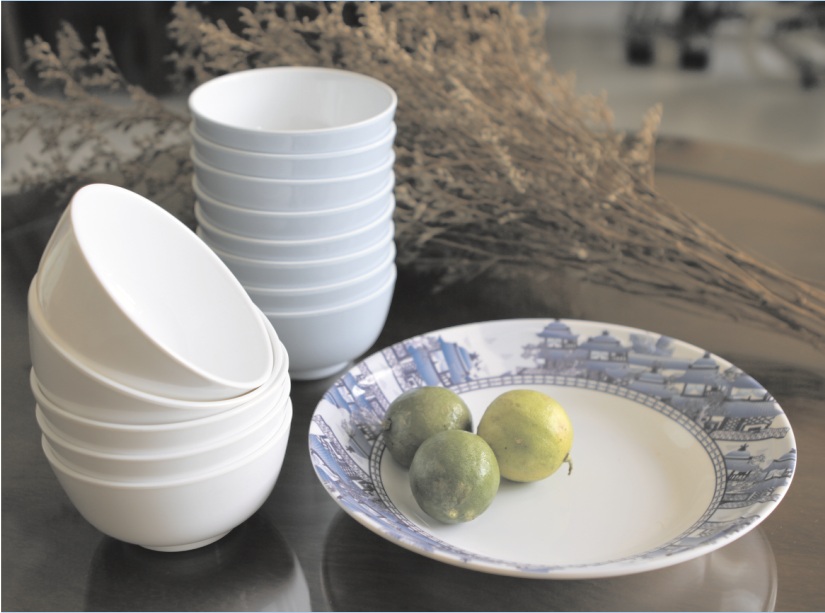
Is Melamine-ware Safe to Use?
Melamine-ware is generally safe to use for serving food so long as it is used for the purposes specified by the manufacturer. Most manufacturers specify a temperature of -30oC to +120oC while some specify a temperature of up to +140oC. Hence, it should not be used for cooking or to be heated in microwave or conventional oven.
Melamine and formaldehyde are the chemical building blocks of the material used in melamine-ware. Residues of these chemicals can be left in the finished product and can migrate into food. Occasionally, excessive migration of chemicals had been found in melamine-ware. Safety concerns of melamine-ware in these cases are usually related to the possible migration of formaldehyde into foodstuffs.
Migration of Chemical Substances
Migration of substances from tableware to foodstuffs is influenced by many factors including the material of the tableware, the type (aqueous, acidic, alcoholic or fatty) and nature (solid or liquid) of the food, temperature, duration and area of contact.
There is currently no specific international limit regarding the migration of chemicals from melamine-ware. Specific migration limits have been established in some countries such as the European Union and Mainland China to regulate melamine-ware for food use.
Overseas surveys conducted by United Kingdom Food Standards Agency (UKFSA) in 2004 and 2008 reported only a few melamine-ware had formaldehyde migration exceeding limits under experimental conditions simulating the worst case scenario, while melamine migration was well below limits. Recent survey conducted by the General Administration of Quality Supervision, Inspection and Quarantine (AQSIQ) in December 2008 found all melamine-ware tested that were produced by certified manufacturers in the Mainland were satisfactory.
Health Concerns of Melamine and Formaldehyde in Foods
Melamine is known for its low acute toxicity. International Agency for Research on Cancer (IARC) classified it as “not classifiable according to its carcinogenicity to humans” (Group 3) due to inadequate evidence in humans. In 2008, significant concerns were raised worldwide following reports of renal stones in infants and children who had consumed milk tainted with high levels of melamine in the Mainland. Subsequently, the World Health Organization (WHO) established a tolerable daily intake for melamine at 0.2 mg/kg body weight.
Although formaldehyde is not permitted to be used in foods, it is a metabolic intermediate which can be found naturally in food up to levels of 300 – 400 mg/kg, including fruits and vegetables, meat, fish, crustaceans etc. Ingestion of a small amount of formaldehyde is unlikely to cause any acute effect. However, ingestion of a large amount can result in acute toxicity causing severe abdominal pain, vomiting, coma, renal injury and possible death. But such an exposure is unlikely from formaldehyde migration to food from melamine-ware. WHO considered that formaldehyde was not carcinogenic upon ingestion.
Key Points to Note:
- Migration of a small amount of melamine and formaldehyde from properly made melamine-ware into foods is not expected to cause adverse health effects.
- Melamine-ware is safe for food use when used according to the manufacturer’s instructions.
- Melamine-ware should not be used for cooking or heating in microwave or conventional oven, holding hot oil, deep-fried foods, or storing highly acidic foods.
Advice to Consumers
- Use melamine-ware according to product instructions.
- Do not use melamine-ware that is broken or damaged on its surface.
- Do not heat or cook foods in melamine-ware.
- Do not use melamine-ware in microwave oven or conventional oven.
- Do not use melamine-ware to hold hot oil, deep-fried foods, or store highly acidic foods.
- For cleaning, do not use abrasive detergent and cleaning tools or strong chemicals which will damage the surface.


